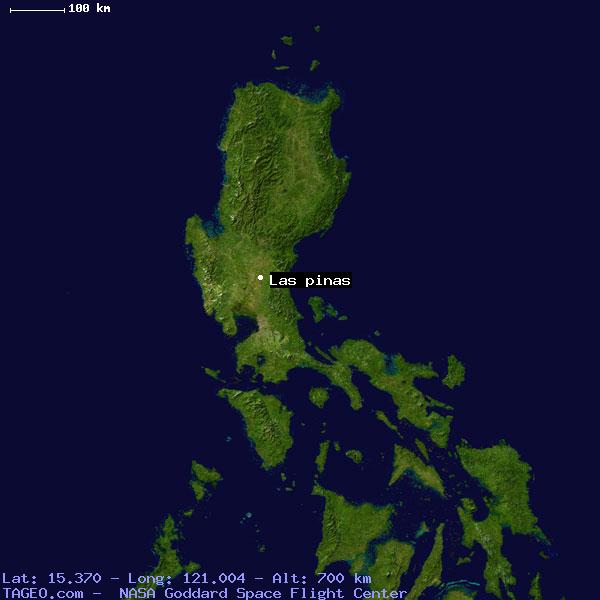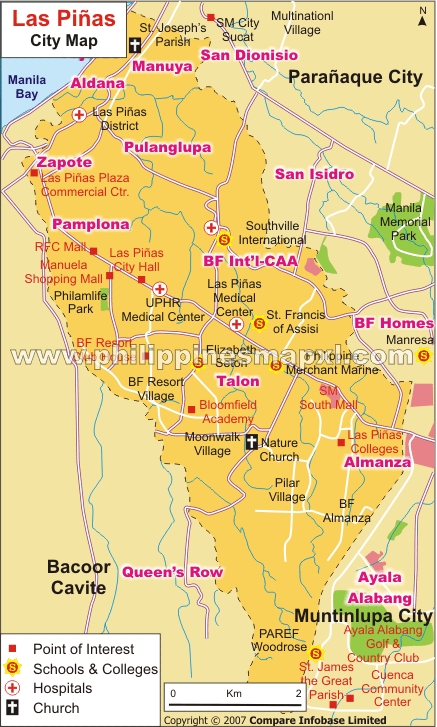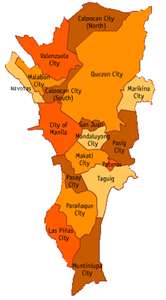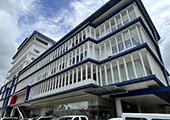
-
МјРЇСІИёСЖШИМі
-
 И№ОЫ КИОЫ Йъ ЗЛЦЎЧЯБт~ ИЎСЖЦЎ ПЙОрБюСі
И№ОЫ КИОЫ Йъ ЗЛЦЎЧЯБт~ ИЎСЖЦЎ ПЙОрБюСі 89,362
89,362 -
 [ЧЪИЎЧЩ ММКЮ] ФЋИ№ХзНК ПЉЧр 100Йш СёБтБт
[ЧЪИЎЧЩ ММКЮ] ФЋИ№ХзНК ПЉЧр 100Йш СёБтБт 48,451
48,451 -
 ИЖДвЖѓ НУГЛ - ИЎРп АјПјСЄКИ. (ЛчСј 16Рх ЦїЧд)
ИЖДвЖѓ НУГЛ - ИЎРп АјПјСЄКИ. (ЛчСј 16Рх ЦїЧд) 30,743
30,743 -
 ММКЮРЧ СіПЊСЄКИ15,515
ММКЮРЧ СіПЊСЄКИ15,515 -
 ИЖДвЖѓ БйБГ - ЕћАЁРЬЕћРЬ ПЉЧр СЄКИ14,301
ИЖДвЖѓ БйБГ - ЕћАЁРЬЕћРЬ ПЉЧр СЄКИ14,301 -
 [ЧЪИЎЧЩ ММКЮ/ИЗХК] ШЃХк МїЙк ПфБн Йз СЄКИ13,291
[ЧЪИЎЧЩ ММКЮ/ИЗХК] ШЃХк МїЙк ПфБн Йз СЄКИ13,291 -
 КИЖѓФЋРЬРЧ И№Еч И№НРРЛ КММі РжДТ ЛчСјУИ.13,105
КИЖѓФЋРЬРЧ И№Еч И№НРРЛ КММі РжДТ ЛчСјУИ.13,105 -
 ИЖДвЖѓ БйБГ - ЦХЛѓЧб ЦјЦї ПЉЧрСЄКИ12,806
ИЖДвЖѓ БйБГ - ЦХЛѓЧб ЦјЦї ПЉЧрСЄКИ12,806 -
 [ММКЮ-ЙшМБТјРх] МБЙкШИЛч РќШЙјШЃПЁПф~12,414
[ММКЮ-ЙшМБТјРх] МБЙкШИЛч РќШЙјШЃПЁПф~12,414 -
 ИЖДвЖѓ СіПЊ(ПЁИЃЙЬХИ -ИЛЖѓХз)РЧ СіЕЕ/ЧбБЙ РННФСЁ/МюЧЮИє12,088
ИЖДвЖѓ СіПЊ(ПЁИЃЙЬХИ -ИЛЖѓХз)РЧ СіЕЕ/ЧбБЙ РННФСЁ/МюЧЮИє12,088



The City
Las Piñas City is world famous for its bamboo organ, located inside the St. Joseph Church of the Parish of Las Piñas, the only organ of its kind in the world. Built in the year 1824 by Fr. Diego Cera, created out of bamboo, wood, and metal, this famous organ is praised for its unique, rare, and melodious sound.
The Sarao Motors factory is also located in Las Piñas City, the place where the world-famous Jeepney is assembled piece by piece in painstaking individual production. The factory remains open to buyers and curious visitors all year round.
Las Piñas has a large shopping mall named SM Southmall, which has an area of 205,120 square metres and is located along Alabang-Zapote Road. Directly behind the mall is Pilar Village, which is the largest housing development in the city with an area of over 1.55 square kilometres and over 4,000 households. Pilar Village is also a District 2 Barangay.
Las Piñas City, also known as one of the cleanest cities in Metro Manila, is in the list of the "Clean and Green Hall of Fame" awarded by the Philippine Government. It is also the one of two (Marikina) local government unit in the Philippines that has been honored with the prestigious GLOBAL 500 ROLL OF HONOUR of the United Nations Environmental Programme (UNEP). These were in recognition of the city's outstanding achievements in the protection and improvement of the environment.
Las Piñas City has recently acquired the status "Most Competitive City" in the Philippines, together with Davao City, Makati City, Muntinlupa City and Marikina City.
History
Las Piñas was one of the earliest fishing settlements on the shores of Manila Bay and was proclaimed a town either in 1762 or 1797. Its exact date of creation cannot be ascertained because historical records vary. Cavada, a Spanish historian and Fr. Juan Medina placed it at 1762, while Buzeta recorded the date at 1797.
Besides being famous for its Bamboo Organ, which was built by Fr. Diego Cera and completed in 1824, the town of Las Piñas was also a major war theater during the 1896 Philippine Revolution, as it was occupied by Gen. Emilio Aguinaldo's forces. Las Piñas was also, occupied by the Japanese during Second World War, to be followed by the liberation period, when the combined Filipino and American forces fought the Japanese Imperial armed forces until the end of war.
In 1901, the Municipality of Las Piñas was incorporated from Cavite to the newly created province of Rizal pursuant to Philippine Commission Act No. 137. Two years later, it was combined with Parañaque, the latter being the seat of a new municipal government.
It became a separate municipality from Parañaque on March 27, 1907 by virtue of Philippine Commission Act No. 1625. Then, with the founding of the Metropolitan Manila Area (now Metro Manila) in 1976, Las Piñas became one of the municipalities making up the region.
On February 12, 1997, President Fidel V. Ramos signed the bill declaring Las Piñas a new city. A plebiscite held a month after found the residents in approval of cityhood and Las Piñas became the 10th city of Metro Manila on March 26, 1997.
Culture
Las Piñas City is home to unique festivals like the "Bamboo Organ Festival", "Waterlily Festival", "Bamboo Festival" and "Parol (Lantern) Festival".
According to the 2007 Census, Las Pinas has a population of 532,330 compared to 472,780 in the year 2000. These figures show an annual population growth of 1.65%.
- ЁЄ
- ЁЄ
- ЁЄryWvMVxeet
- ЁЄryWvMVxeet
- ЁЄryWvMVxeet\'\"\\(
- ЁЄryWvMVxeetщ\'\"\\(
- ЁЄryWvMVxeet
- ЁЄryWvMVxeet
- ЁЄryWvMVxeet
- ЁЄryWvMVxeet
- ЁЄryWvMVxeet
- ЁЄryWvMVxeet
- ЁЄryWvMVxeet
- ЁЄryWvMVxeet
- ЁЄryWvMVxeet
















 ЧЪРкДхФФ ОпАЃЛѓДу ПРЧТ
ЧЪРкДхФФ ОпАЃЛѓДу ПРЧТ 12ГтПЌМг МвКёРкИИСЗ 1РЇ
12ГтПЌМг МвКёРкИИСЗ 1РЇ
 ГЛАд ИТДТ ОюЧаПј УЃБт
ГЛАд ИТДТ ОюЧаПј УЃБт
 ИЎОѓ ЧаБГ ЙцЙЎБт
ИЎОѓ ЧаБГ ЙцЙЎБт
 СжИЛПЁ ГЛАЁ ОЕ КёПыРК?
СжИЛПЁ ГЛАЁ ОЕ КёПыРК? УжАэАЁМККё РЬКЅЦЎ СёБтБт
УжАэАЁМККё РЬКЅЦЎ СёБтБт
 ЧіСіПЁМЕЕ ЧЪРкДхФФ!
ЧіСіПЁМЕЕ ЧЪРкДхФФ! ЧіСіПЁМ АЁДЩЧб
ЧіСіПЁМ АЁДЩЧб









 ЧЪРк ЦЏБо Ч§ХУ! ФСНУОюСі МКёНК
ЧЪРк ЦЏБо Ч§ХУ! ФСНУОюСі МКёНК
































